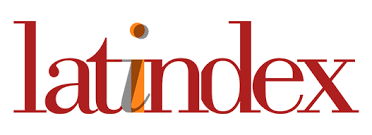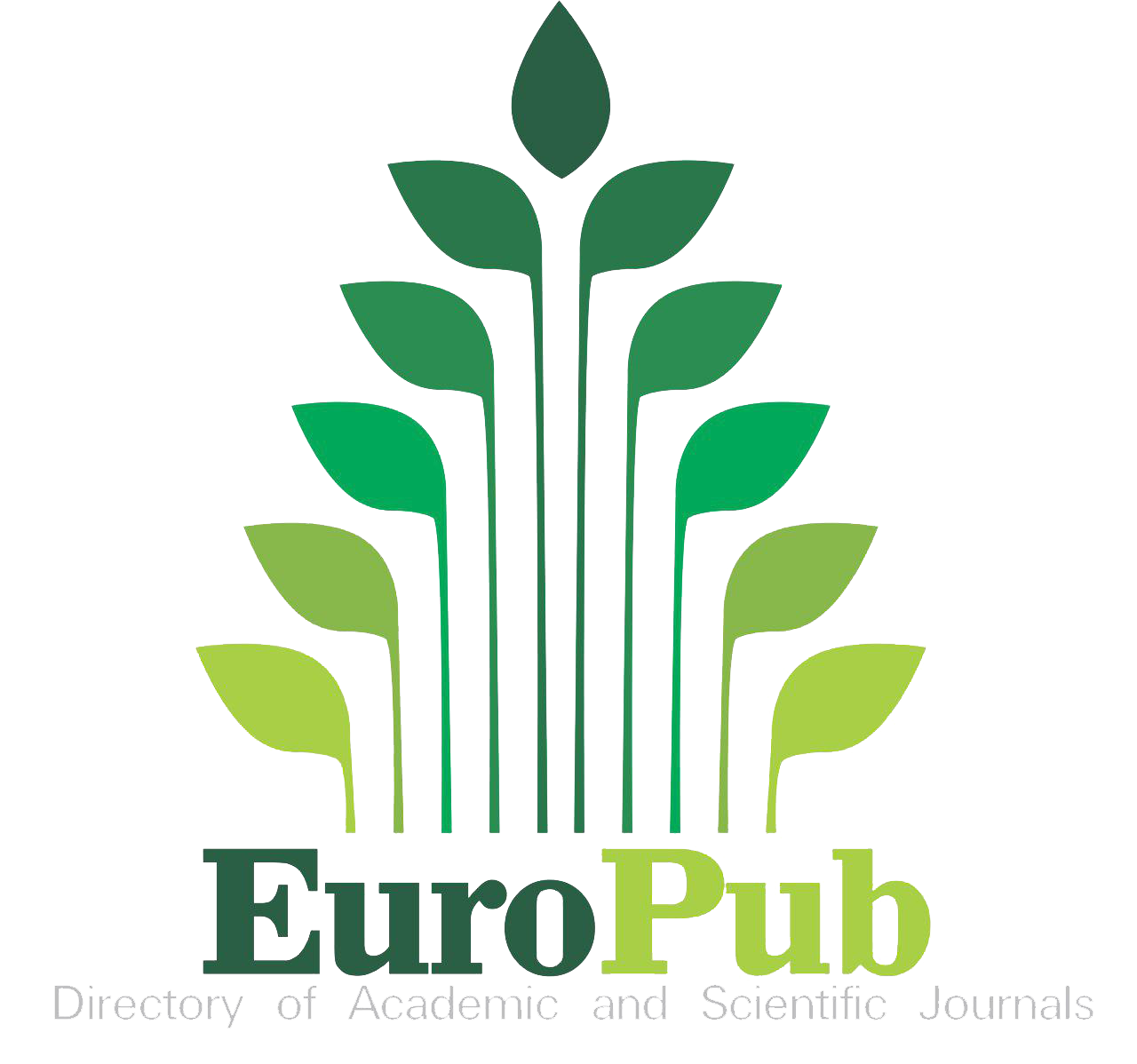Normalisation in self-translation: a corpus-based analysis of An Invincible Memory by João Ubaldo Ribeiro and a review of the #LancsBox concordancer
DOI:
https://doi.org/10.5007/2175-7968.2024.e98752Palavras-chave:
self-translation, historical novel, normalisation, corpus-based analysis, #LancsBoxResumo
A corpus-based study involves working with the available linguistic material. In this paper, I address the tendency of translated texts to have some distinctive features (Baker, 2007), such as simplification and normalisation, which may be found in both standard translations and in self-translations. The focus in this work was on normalisation in the self-translated historical novel An Invincible Memory (Viva o Povo Brasileiro) by João Ubaldo Ribeiro (1984, 1989) to describe lexical and collocational normalisation. The novel covers 400 years of Brazilian history, numerous common people characters, and entails a non-literate use of language. The objectives were to provide a quantitative analysis of normalisation in self-translation, to indicate how self-translation operates when the direction of translation is from a less frequently spoken source language, such as Portuguese, to a more frequently spoken target language, such as English and, finally, to explore how lexical and collocational normalisation could be represented statistically in this self-translation. The methodology was in #LancsBox and consisted of the compilation of the texts in the form of corpora, the generation of wordlists including the number of items for a statistical analysis, a type/token ratio (TTR) to identify the first signs of normalisation, and the Key Word in Context (KWIC) tool to determine the lengths of the sentences in both texts. Finally, concordance graphics (GraphColls) were generated to summarise the results. The findings provided evidence of the standardisation of the TTR values (0.111 and 0.077, respectively) in the source text and in the self-translation. In addition, the article the (raw frequency 13,498) was in the top 10 of the most frequent words, thus denoting the overuse of target language patterns to ensure easy readability via a lower lexical range. The study aimed to provide some insights into a more pragmatic approach to João Ubaldo Ribeiro’s work.
Referências
Antunes, M. G. (2009). Marcas no texto autotraduzido: o caso de João Ubaldo Ribeiro. Ipotesi, 13(1), 57–65.
Baker, M. (1995). Corpora in Translation Studies: An Overview and Some Suggestions for Future Research. Target, 7(2), 223–243. https://doi.org/10.1075/target.7.2.03bak
Baker, M. (1996). Corpus-based Translation Studies: The Challenges that Lie Ahead. In H. Somers (Ed.), Terminology, LSP and Translation: Studies in Language Engineering in Honour of Juan C. Sager (pp. 175–186). John Benjamins.
Baker, M. (2000). Towards a Methodology for Investigating the Style of a Literary Translator. Target, 12(2), 241–266. https://doi.org/10.1075/target.12.2.04bak
Baker, M. (2007). Patterns of Idiomaticity in Translated vs. Non-translated English. Belgian Journal of Linguistics, (21), 11–21. http://dx.doi.org/10.1075/bjl.21.02bak
Baker, M., & Saldanha, G. (Eds.). (2020). Routledge Encyclopedia of Translation Studies. Routledge.
Brezina, V. (2018). Statistics in Corpus Linguistics: A Practical Guide. Cambridge Press.
Brezina, V., McEnery, T., & Wattam, S. (2015). Collocations in Context: A New Perspective on Collocation Networks. International Journal of Corpus Linguistics, 20(2), 139–173. https://doi.org/10.1075/ijcl.20.2.01bre
Brezina, V., Weill-Tessier, P., & McEnery, A. (2021). Weill-Tessier, P. #LancsBox v. 6.x. [software package].
Camargo, D. C. (2006). Tradução de textos de áreas especializadas e a presença de traços de normalização. Tradterm, 12, 55–67.
Evert, S. (2005). The Statistics of Word Cooccurrences: Word Pairs and Collocations [Doctoral thesis]. Universität Stuttgart. https://elib.uni-stuttgart.de/handle/11682/2573
Evert, S. (2008). Corpora and collocations. In A. Lüdeling & M. Kytö (Eds.), Corpus Linguistics: An International Handbook (pp. 223–233). Walter de Gruyter.
Fantinuoli, C. (2016). Revisiting Corpus Creation and Analysis Tools for Translation Tasks. Cadernos de Tradução, 36(1), 62–87. https://doi.org/10.5007/2175-7968.2016v36nesp1p62
Firth, J. (1957). Papers in Linguistics. Oxford University Press.
Frérot, C. (2016). Corpora and Corpus Technology for Translation Purposes in Professional and Academic Environments. Major Achievements and New Perspectives. Cadernos de Tradução, 36(1), 36–61. https://doi.org/10.5007/2175-7968.2016v36nesp1p36
Gablasova, D., Brezina, V., & McEnery, T. (2017). Collocations in Corpus-Based Language Learning Research: Identifying, Comparing, and Interpreting the Evidence. Language Learning, 67(S1), 155–179. https://doi.org/10.1111/lang.12225
Gries, S. T. (2013). 50-something Years of Work on Collocations: What is or Should be Next... International Journal of Corpus Linguistics, 18(1), 137–166. https://doi.org/10.1075/ijcl.18.1.09gri
Groot, J. D. (2010). The Historical Novel. Routledge.
Grutman, R., & Bolderen, T. V. (2014). Self-Translation. In S. Bermann & C. Porter (Eds.), A Companion to Translation Studies (pp. 323–332). Wiley-Blackwell.
Jung, V. (2002). English–German Self–Translation of Academic Texts and its Relevance for Translation Theory and Practice [Doctoral thesis]. Heinrich–Heine–Universität Düsseldorf.
Lukács, G. (2011). O Romance Histórico. (R. Enderle, Trans.) Boitempo.
Maestri, M. (2002). História e romance histórico: fronteiras. Novos Rumos, 17(36), 38–44.
McEnery, T. (2006). Swearing in English: Bad Language, Purity and Power from 1586 to the Present. Routledge.
Paiva, P. T. (2011). Traços de tradução em artigos de anestesiologia: uma comparação entre os resultados de um corpus
paralelo e de um corpus comparável. Estudos Linguísticos, 40(2), 1158–1171.
Pazienza, M., Pennacchiott, M., & Zanzotto, F. M. (2005). Terminology Extraction: An Analysis of Linguistic and Statistical Approaches. Berlin Springer-Verlag.
Pecina, P. (2010). Lexical Association Measures and Collocation Extraction. Language Resources and Evaluation, 44(1-2), 137–158. https://doi.org/10.1007/s10579-009-9101-4
Popovič, A. (1976). Aspects of Metatext. Canadian Review of Comparative Literature, 3, 225–235.
Ribeiro, J. U. (1984). Viva o povo brasileiro. Nova Fronteira.
Ribeiro, J. U. (1989). An Invincible Memory. Harper & Row Publishers.
Ribeiro, J. U. (1990). Suffering in translation. P.T.G. Newsletter, Portuguese Translation Group, 3(3), 3–4.
Scott, M. (2004). WordSmith Tools Version 4. Oxford University Press.
Scott, M. N. (1998). Normalisation and Reader's Expectations: A Study of Literary Translation with Reference to Lispector's A Hora da Estrela [Doctoral thesis]. University of Liverpool.
Shread, C. (2009). Redefining Translation through Self-Translation: The Case of Nancy Huston. French Literature Series, 36, 51–61.
Shuttleworth, M., & Cowie, M. (2014). Dictionary of Translation Studies. Routledge.
Toury, G. (2012). Descriptive Translation Studies and Beyond. John Benjamins.
Venuti, L. (1995). The Translator's Invisibility. Routledge.
Xia, Y. (2014). Normalization in Translation: Corpus-based Diachronic Research into Twentieth-century English–Chinese Fictional Translation. Cambridge Scholars Publishing.
Zanettin, F. (1998). Bilingual Comparable Corpora and the Training of Translators. Meta, 43(4), 613–630. https://doi.org/10.7202/004638ar
Downloads
Publicado
Como Citar
Edição
Seção
Licença
Copyright (c) 2024 Cadernos de Tradução

Este trabalho está licenciado sob uma licença Creative Commons Attribution 4.0 International License.
Autores têm autorização para assumir contratos adicionais separadamente, para distribuição não exclusiva da versão do trabalho publicada nesta revista (ex.: publicar em repositório institucional ou como capítulo de livro, com reconhecimento de autoria e publicação inicial nesta revista).





















































